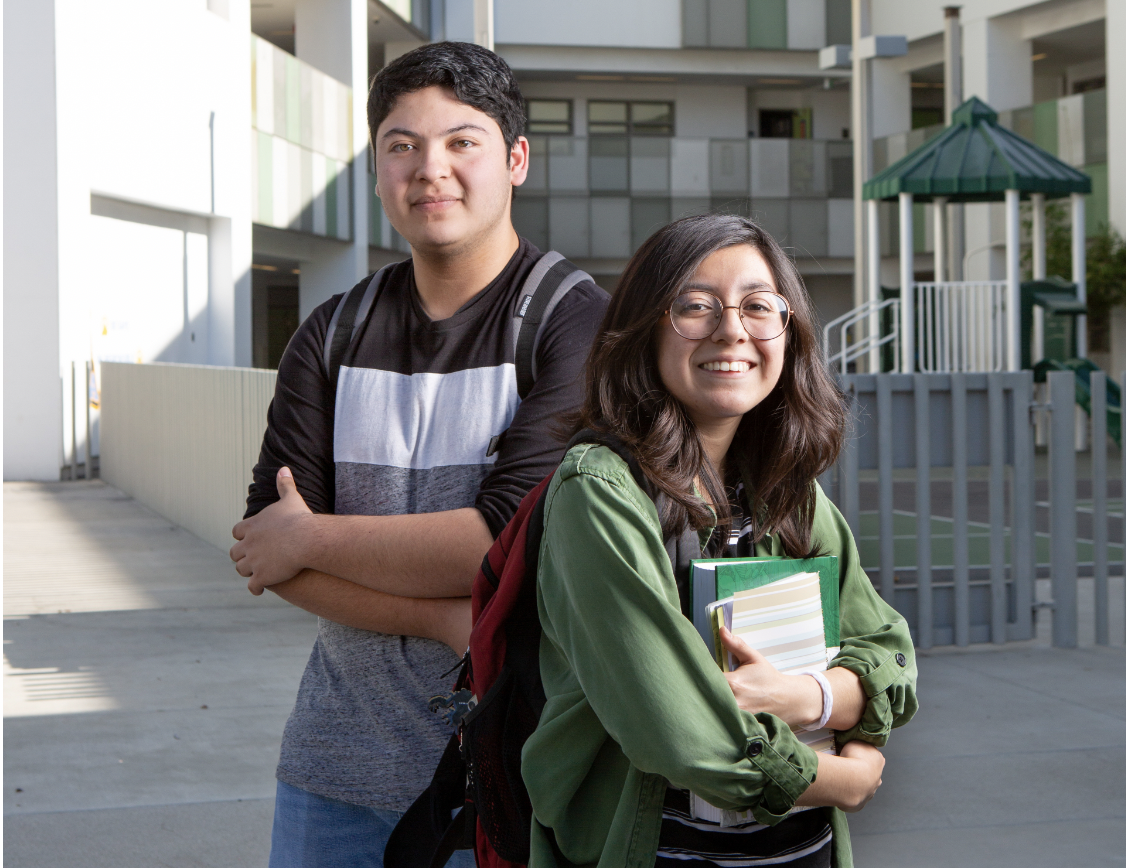
"It’s not buy-in. It’s believe-in."
Anyone who has taken part in a PBL 101 workshop knows the metaphor of the “ideal graduate.” Participants generate this description by thinking together about what they want students to know and be able to do by the time they complete their K-12 education. With that image in mind, participants have a shared “why” for adopting new teaching practices, and are primed to design and facilitate learning experiences that will help students grow into these essential competencies.
Now imagine your entire community engaging in a similar conversation with the goal of creating a bold new vision of student success. Imagine how a shared “why” could remove potential barriers to Gold Standard PBL implementation and open the way for new partnerships with your community.
The good news is that this is already happening in school districts that are creating a new vision in collaboration with their communities. The result—often called a Portrait of a Graduate (POG)—provides school systems with a shared North Star to guide everything from instruction and assessment to facility design and budgeting. The POG is much more than a poster or graphic for your school website; it is your roadmap to transform teaching and learning so that all students are prepared to pursue their dreams.
The challenge is that this exciting movement has only reached about 10 percent of public school districts in the U.S. so far, along with a smattering of independent and international schools.
For our new book, Redefining Student Success: Building a New Vision to Transform Leading, Teaching, and Learning, we interviewed 250 education leaders, teachers, parents, students, and community partners who are on the leading edge of this movement.
To show how a bold vision can spark real change, we showcase dozens of examples of students who are learning deeply by tackling compelling problems. In diverse communities, teachers are able to succeed with high-quality PBL because “we ground everything in our essential ‘why’,” one instructional leader told us. By planning backwards from the POG, “we know what skills to nurture in the classroom. It’s concrete. We have a staff willing to take risks and try new strategies. It’s not buy-in. It’s believe-in.”
Bob Lenz, CEO of PBLWorks, was among the many thought leaders who informed our research. He told us that PBL initiatives “make more sense if the district has already defined the ‘why.’ The POG is critical and should be the driver for everything the district does.”
To help grow this movement, we are launching a virtual conversation in September with a cohort of education leaders who are preparing to lead their communities through the POG process in the coming school year. In a series of four online events, we will help districts assess their readiness to develop a POG and create an action plan to engage their community in the visioning process. In addition, each participant will receive a copy of Redefining Student Success.
Suzie Boss (@suzieboss) and Ken Kay (@kenkay21) are longtime advocates of PBL. Suzie is PBLWorks National Faculty emeritus and the author of Project Based Teaching, along with many other books. Ken was the founding president of the Partnership for 21st Century Skills and served as CEO of EdLeader21. For nearly a decade, he was a member of the board of PBLWorks. To encourage community conversations about transforming education, they have created free discussion guides for students and parents, available in both English and Spanish.

